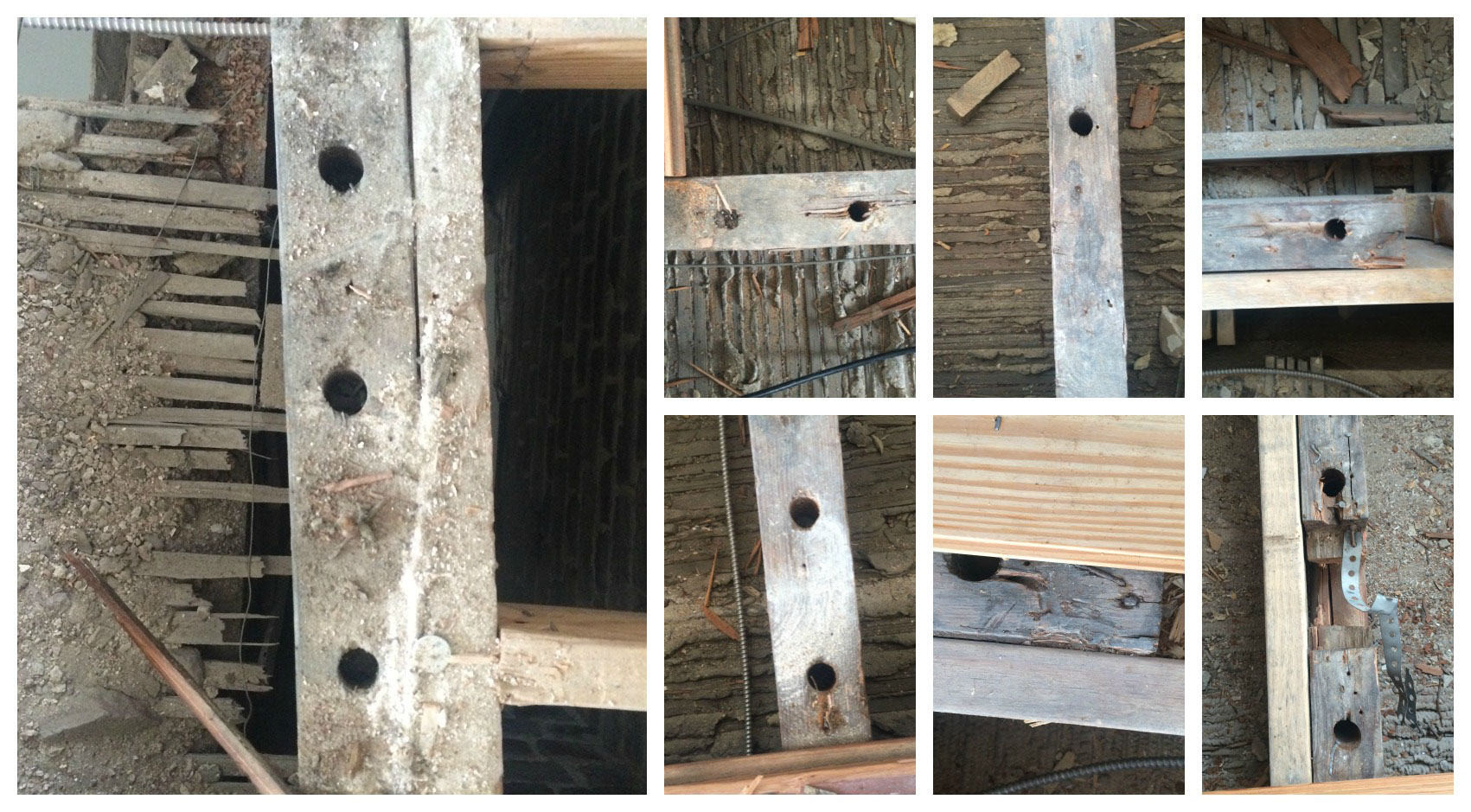 Our Gadsden House historic renovation project has a habit of tempting us with a slow but steady stream of little secrets. It keeps drawing us back to its beginnings and asking “Why? ” I’d think it was haunted if I knew no better. The latest revelation has us all guessing – and wondering of the fates of those who touched this grand old home along the way.
Our Gadsden House historic renovation project has a habit of tempting us with a slow but steady stream of little secrets. It keeps drawing us back to its beginnings and asking “Why? ” I’d think it was haunted if I knew no better. The latest revelation has us all guessing – and wondering of the fates of those who touched this grand old home along the way.
We are replacing many of the floor boards in this historic renovation. Tim Sites, our project manager, sourced beautiful 1*7 inch re-sawn heart pine from an old cotton mill in Savannah GA. Not quite as old as the original floors but close enough so it should be a good match with a little stain. In laying these, we ripped up both old damaged boards, modern plywood and all things in between of no significant note.
That revealed the top edges of the main floor joists to the Ball Room and rear Parlor Room on the second floor. These are original to the house, hand-sawn and 14 ” inches deep. Those split wood ceiling plaster laths in the left hand picture are original to the house also. Many of these joists have 1 ” inch through-holes down their center line at random spacing. There are dozens of such holes as the photograph illustrates. We’ve seen similar before on a 400 year old house in France we restored, window lintels were made from old farm cart parts and had many similar holes. For the structure, they have no significance or possible application; leaving us confused.
The only explanation we can come up with is that the joists were re-purposed from a different older building. Now we do know that Christopher Gadsden owned Gadsden’s Wharf and that the wharf had a huge demand for timber both for its construction and for the slave pens for those unfortunate souls he brought in for the slave trade. These pens would have used lots or iron bars in their construction. The hole pattern reflects those that would have been drilled for tying in the iron bars – Is this what we are looking at?
Thought: These posts with the drilled through-holes, perhaps originally from the construction of slave holding cells, are an early nod to the recycling of repurposed building materials and sustainability movement that we embrace today.

